Credit to private sector slows down – BoG
Credit to the private sector slowed down in June on account of elevated default risks and moderated demand for credit, reflecting the impact of the COVID-19 pandemic on the real sector, the Bank of Ghana (BoG) has revealed.
This confirms Business Finder’s earlier report that banks were revising their credit policy in order to reduce the impact of the Coronavirus pandemic on its loan book.
According to the Monetary Policy Committee (MPC) of the Bank of Ghana report, annual growth in private sector credit declined to 12.4 percent in June 2020
compared with 16.8 percent growth in the same period of 2019.
In real terms, private sector credit expanded marginally by 1.2 percent
compared to 8.6 percent in June 2019.
The report emphasized that the three major sector beneficiaries were Services, Transport, Storage and Communication,
and Agriculture, Forestry and Fishing. They together accounted for 94.1 percent of the credit flow over the 12-month period to June 2020.
Also, the latest credit conditions survey for June 2020 showed a net ease
in the overall credit stance on loans to enterprises following the
previous tight stance reported in April.
In contrast, credit stance on loans to households tightened during that same period.
Economist and senior lecturer with the University of Ghana Business School (UGBS), Dr Lord Mensah noted that if government loses appetite for borrowing, the tendency for private men to get funds or loans at a lower rate would be high.
He was pleased to hear governments’ policies of injecting funds into the private sector during the mid-year budget review.
“They are going to run it through the corridors of the bank. So possibly because it’s an intentional policy from the government, the government can give out the funds to the bank at a lower rate, at a margin where even if the bank should add their profits or spread margin to it, it will not be that hard” Dr Mensah emphasized.
The economist further noted that if government acted by its policies and indicators swiftly, the private sector would go deeper in terms of funds as expected.
Banks are however projecting a net ease in the credit stance on household loans along with further easing in the credit of loans to enterprise in the next two months.
Meanwhile, interest rates on the money market reflected downward trends at the short end, and mixed trends at the medium to long-term segments of the market.
The 91-day Treasury bill rate declined to about 14.0 percent in June 2020 from 14.8 percent a year ago.
Similarly, the interest rate on the 182-day instrument declined to 14.1 percent from 15.2 percent.
The weighted average interbank lending rate, that is, the rate at which commercial banks lend to each other, however declined to 13.8 percent.
Source: Finderonline




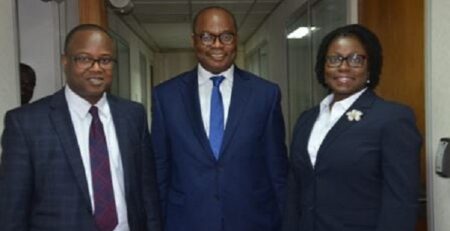
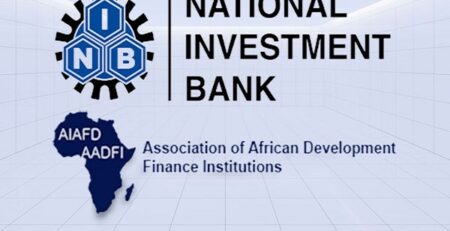
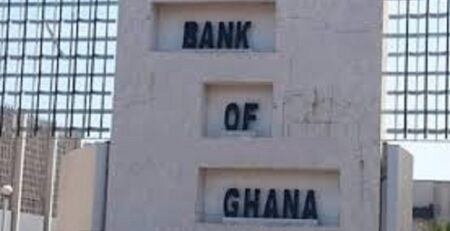

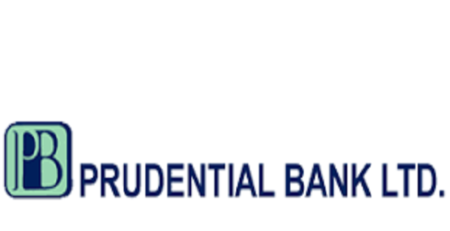


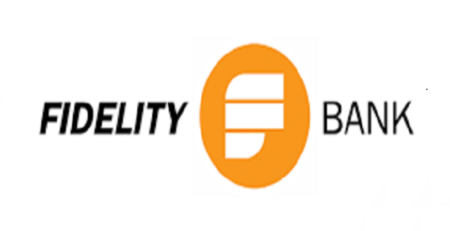


Leave a Reply